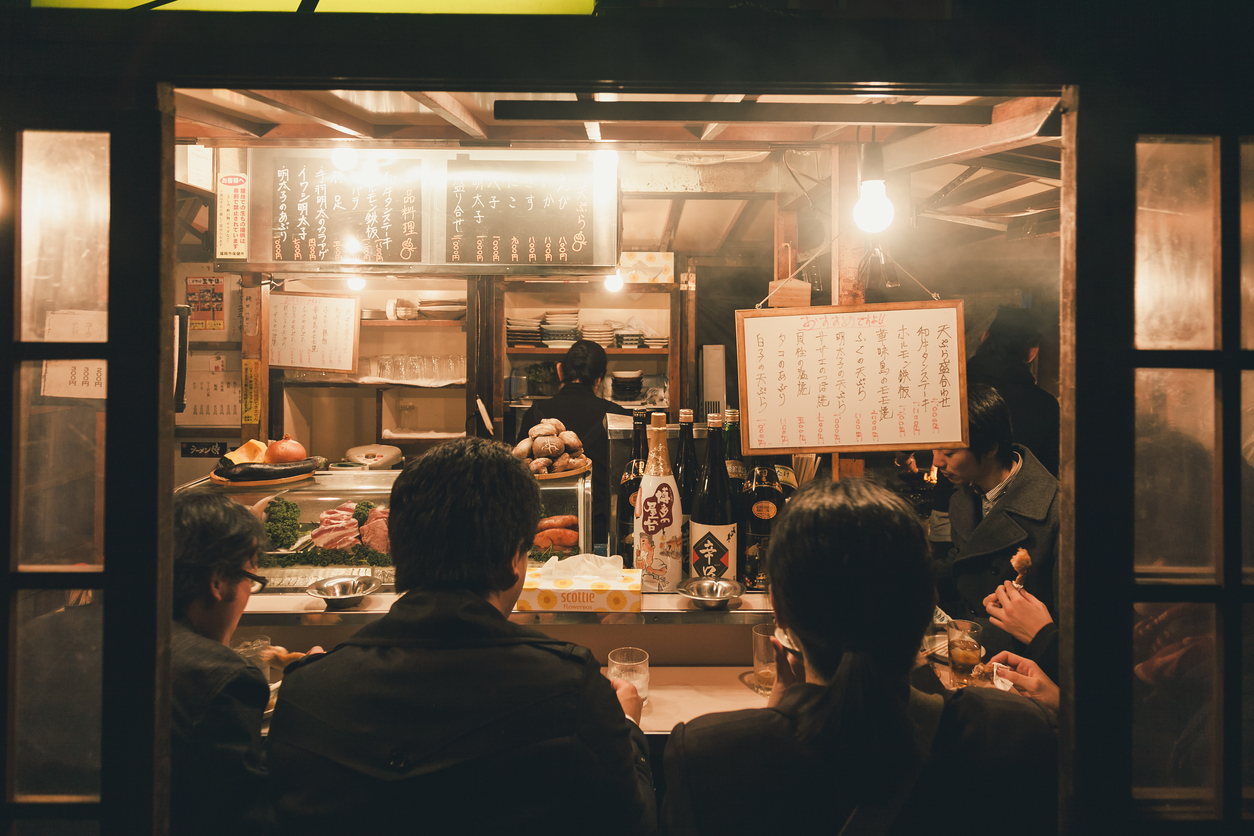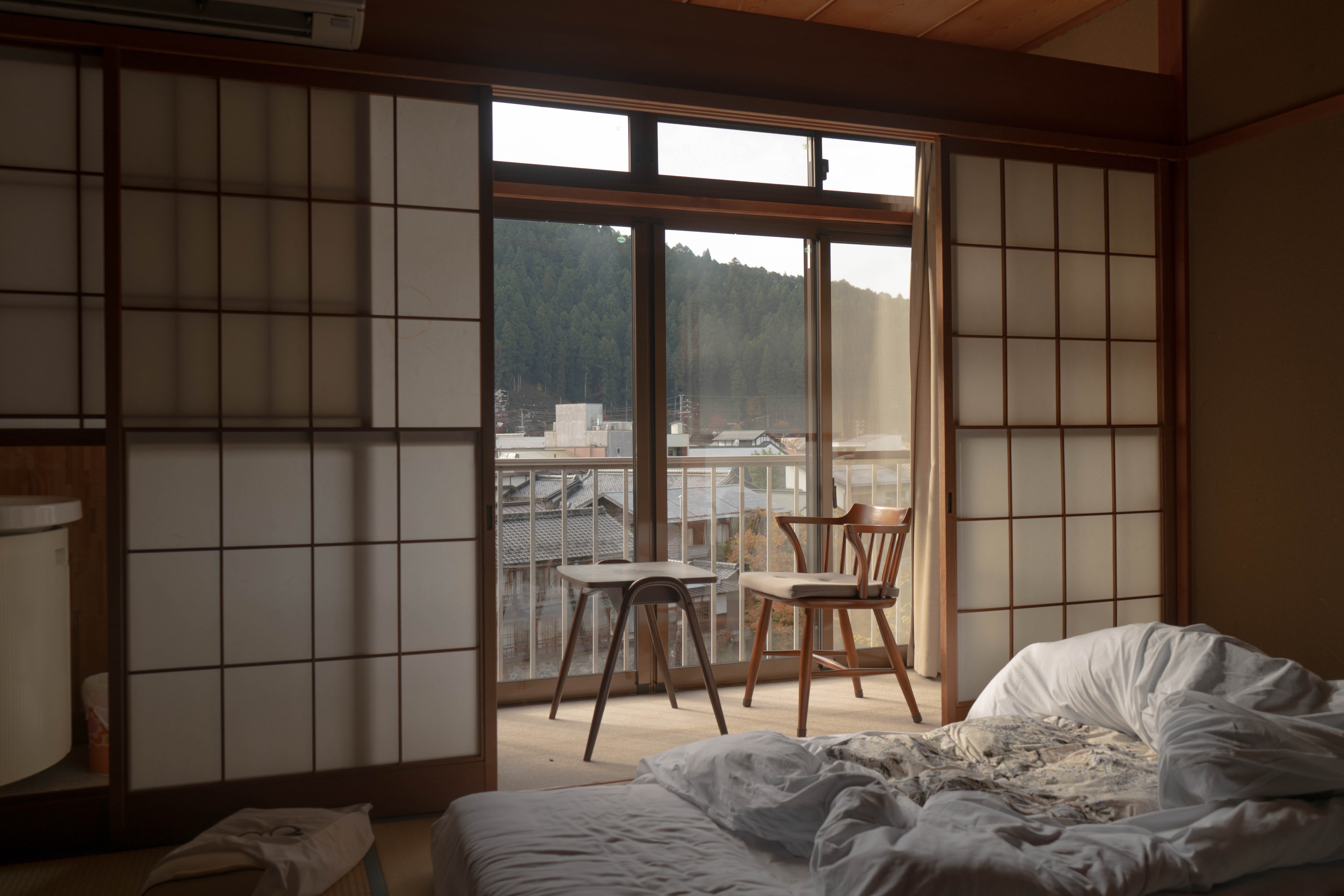Kyushu, literally "nine provinces", is Japan's third largest island after Honshu, where the capital city Tokyo is located, and Hokkaido. Kyushu is located southwest of Honshu and is famed for its hot springs, noodle dishes, landscapes, and culture.
Think you know everything about Kyushu? Here are six surprising facts about this dynamic and energetic island.
1. A melting pot of cultures
The region's proximity to China and Korea means you'll find a host of Chinese and Korean influences - from the food to cultural and artistic references. Nagasaki, which is the first Japanese port which traded with Westerners at the time, welcomed a series of foreigners to the region. So don't be surprised when you find a hint of Dutch or Western influences (you can find them in the way certain houses are built, government buildings, and more), which came about during the time when Japan isolated itself from the Western world during the 17th century.
2. Ramen and other noodle dishes

The first thing that comes to mind when people ask for food recommendations in Kyushu, is its ramen. The dish (mainly found in Fukuoka city) features a thick, hearty pork-based broth that comes with a thin layer of fat on the surface, and paired with thinner ramen (as compared to the thicker noodles you find in Tokyo or other parts of the country) that soaks up the flavour easily.
Another must-try: Champon, a noodle soup dish originated from Nagasaki city, which features a mix of meat, seafood vegetables and a rich broth. The dish, which stemmed from the Meiji Era, for Chinese students who were studying in Japan, is an affordable and filling dish that exemplifies the city spirit.
3. Historic treasures
History buffs will appreciate the storied origins of the city - from the bombing in Nagasaki during the end of World War Two in 1945 to the colonial buildings which give a glimpse of life back in the day.
Venture on further to the northwestern part of Kyushu for a glimpse of the region's pre-historic origins at the Yoshinogari Historical Park. The archaeological site in Saga Prefecture spans from 300BC to 300AD during the Yayoi Period, featuring settlements, tombs and other artifacts such as bronze mirrors, tools, and even human hair.
4. Hot springs
Famed for its hot springs, a trip to Kyushu isn't complete until you've visited at least one onsen. Whether you're headed to a private or public, you'll get to immerse yourself literally in the heart of Japanese culture. Famous hot springs in the region include Harazuru Onsen in Fukuoka, Ureshino Onsen in Ureshino, Unzen Onsen in Nagasaki, Aso Onsen in Kumamoto, Beppu Onsen and Kurokawa Onsen, both in Oita. Also, don’t miss the unique sand steam bath at the Ibusuki Onsen in Kagoshima, where you’ll find yourself buried under a mound of warm sand.
5. Verdurous landscapes and rolling hills
There are several active volcano mountain ranges including Aso, Kuju and Kirishima, each with its own charm. Aso is famed for being one of the largest caldera volcanoes (which is a type of sinkhole or massive crater in the centre) in the world. The range, which was affected by the earthquake in April 2016, houses a few small towns within.
Mount Kuju, one of the famous Japanese mountains as listed in author Kyuya Fukada’s book, offers charming views including snow-capped mountains and vibrant flower gardens.
Mount Kirishima, located in Kagoshima, is known for its extraordinary volcanic landscape and scenic hiking trails, with interesting mountain and crater formations. Do look out for eruption notices though, as the volcano, an active one, erupted in 2011.
6. Accommodation
From ryokans (Japanese traditional inns) to guesthouses and pensions (or bed and breakfasts), there is a wide variety for you to choose from, depending on the experience you’d like to have.
 Photo by Lucas Calloch on Unsplash
Photo by Lucas Calloch on Unsplash
